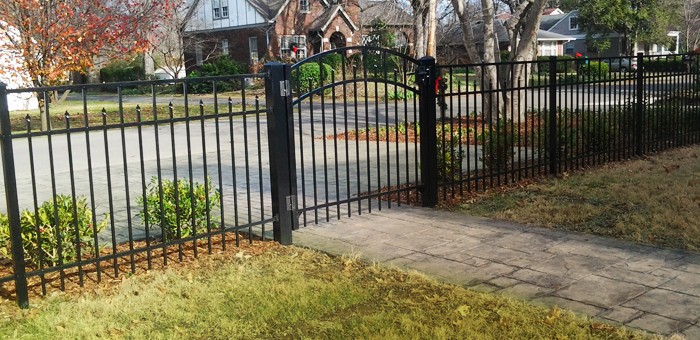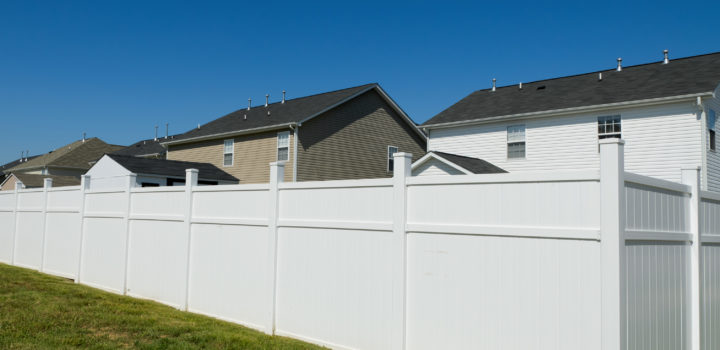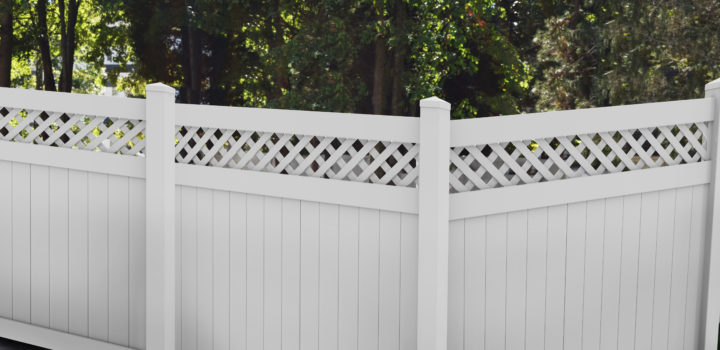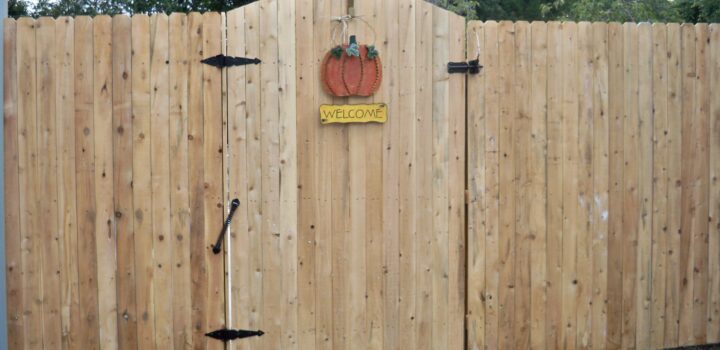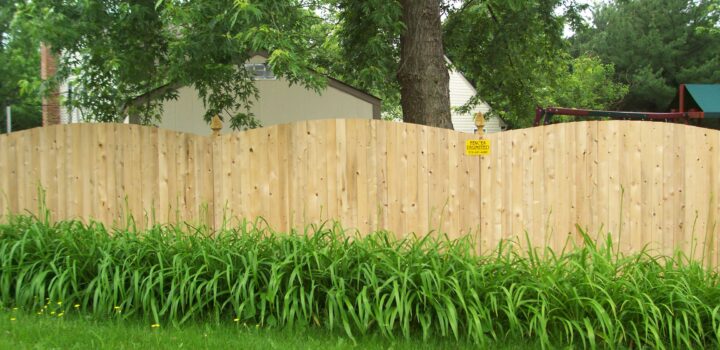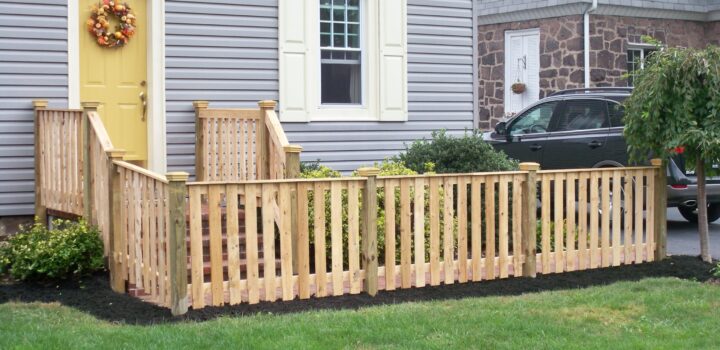You might have the good fortune to buy a house in a neighborhood you’re thrilled about. It’s got a great mix of community and quality schools — just a fantastic find by your realtor. Everything’s fine until you’ve hired a team of fence installers to enclose your Philadelphia home, and suddenly your next-door neighbor has begun to protest loudly.
Despite what Hollywood thinks, the last thing anyone wants is to fight with their neighbors, especially if they’ve just moved in. But does your neighbor really have a say in what you do with your fence on your property?
The answer depends on whether your fence is within your property’s boundary lines. If your fence is within your property’s boundaries, you’re usually within your rights to install it without an issue. Here’s how to find out where your property line lies:
Check Your Deed for Your Plot
Every deed typically comes with a set of field notes from a land surveyor that describes your property’s boundaries. These notes can help you find the general landmarks the surveyor used to define your property’s legal boundaries. However, they sometimes aren’t enough, since they are a tool made by surveyors for surveyors, and therefore can be challenging to understand on your own.
Check for a Plat
Once you have the notes, you should take a trip to your local assessor’s office to look for what’s known as a “plat.” A plat is a map of the area around your home, which can add valuable context to the notes in your deed when finding where the boundary lines of your property lie. Once you have a copy of the plat, it’s time to go looking for the four corners of your property.
Find the Corners
The vast majority of properties have had their plots defined with the help of iron tubes that surveyors bury in the ground. Typically, one gets buried in the four corners of your rectangular plot, and are usually found with the help of a magnetic tool that surveyors use.
However, you can use the notes from your deed, the plat, a metal detector, and a small hand shovel (if necessary) to find the pipes and get a firm landmark for where your boundary line is.
Consult the Statutes
Knowing where your property line falls is a significant first step to resolving the dispute with your neighbor, but you still need to look at what the laws are in your area. The following video offers some insight on what statutes may be a factor in building your fence:
While it’s valuable to find your property line on your own while looking to install a fence, hiring an experienced fencing company can help Montgomery County residents resolve issues before they even start. The Greenhill Fencing team has experience making sure that you can get the fence you want without inadvertently entering into property line disputes. If you’d like to consult with our contractors, give us a call today!


